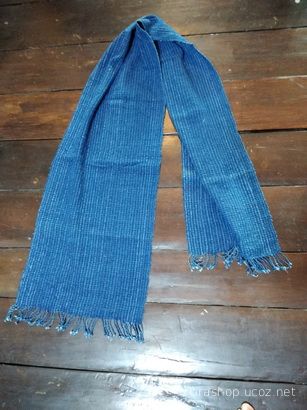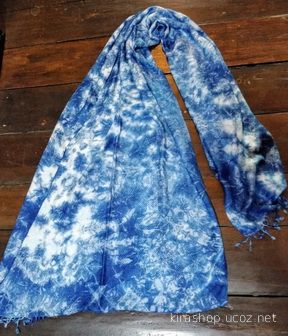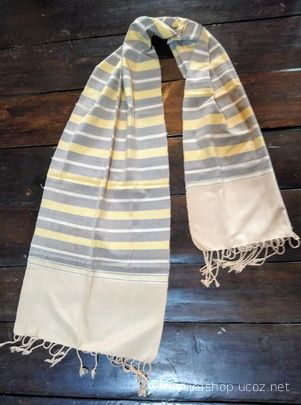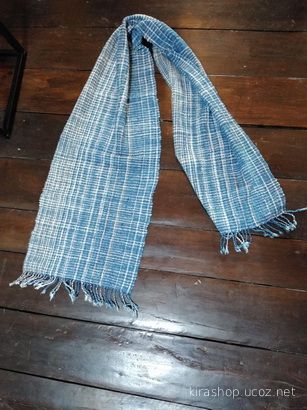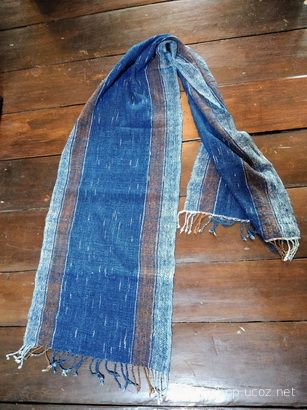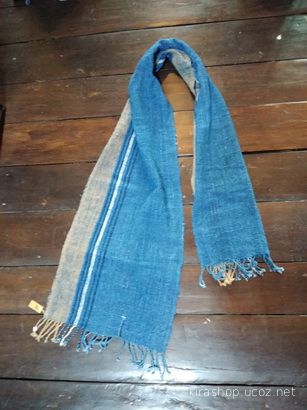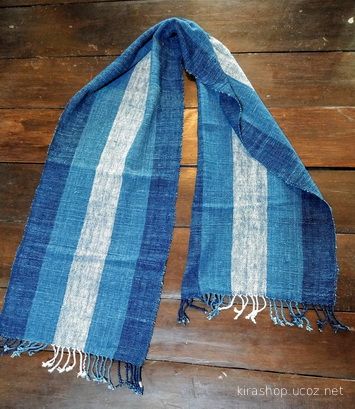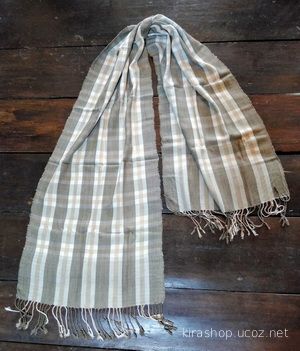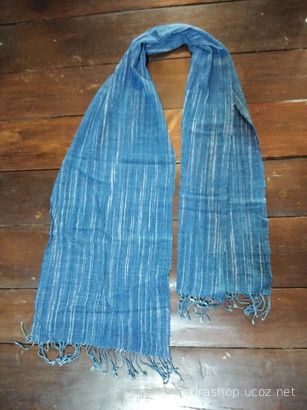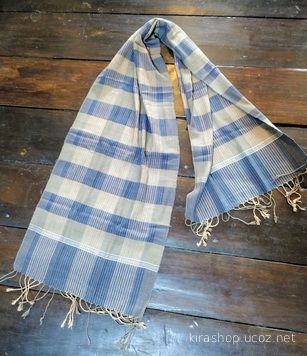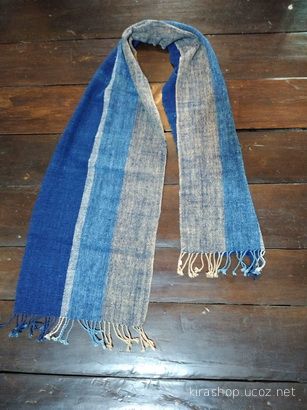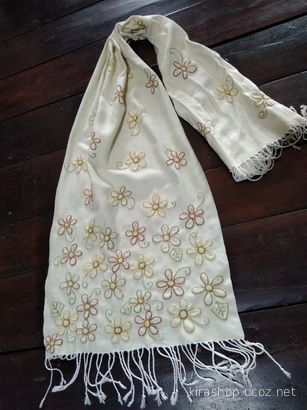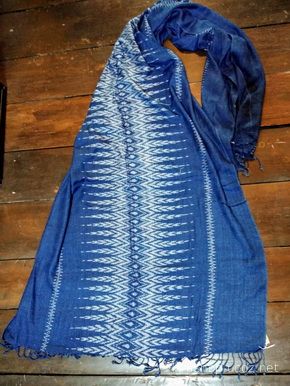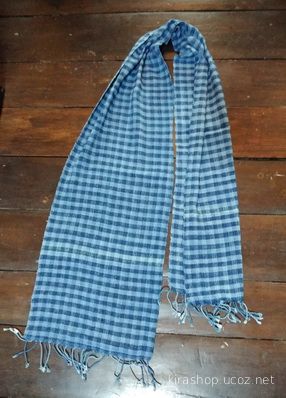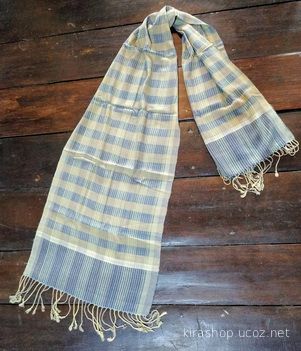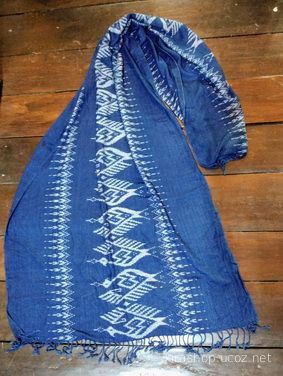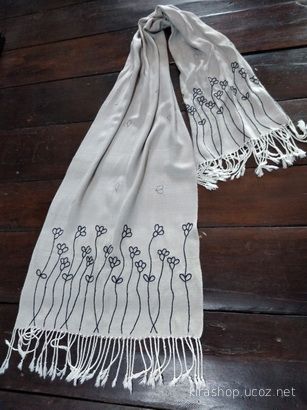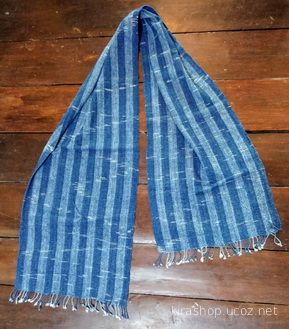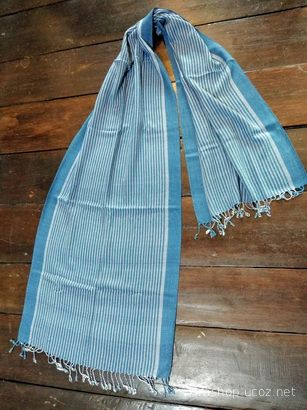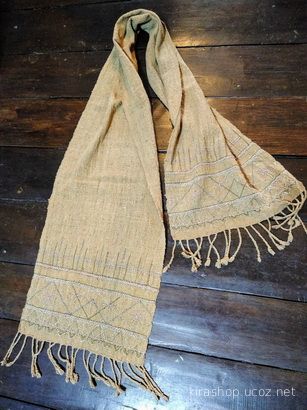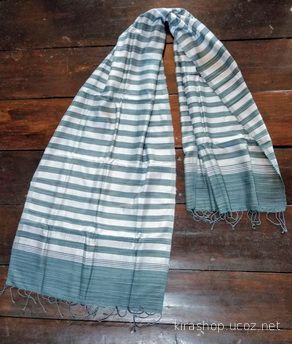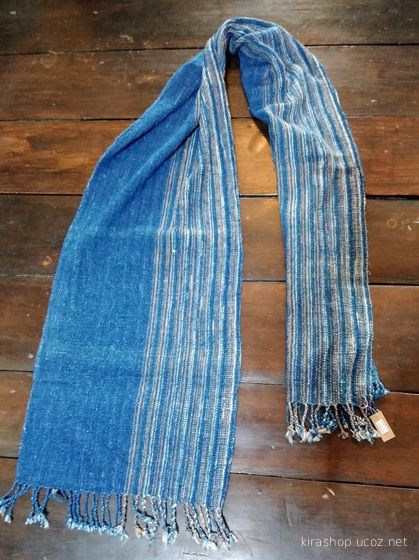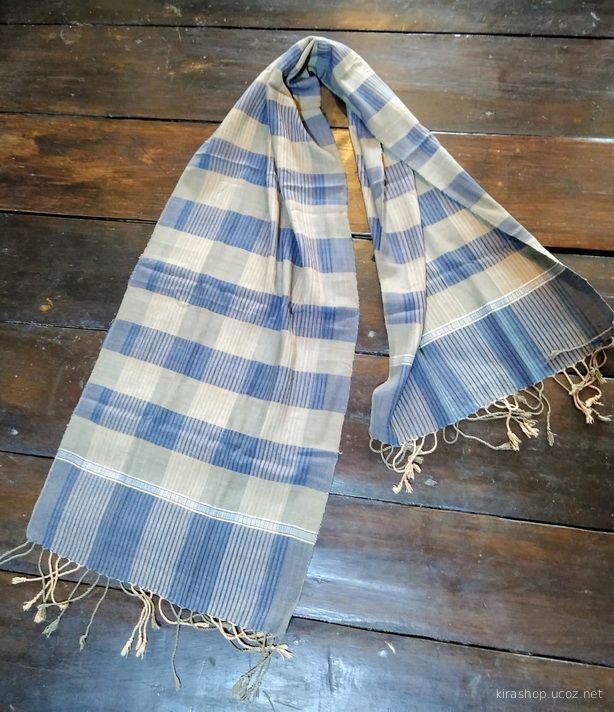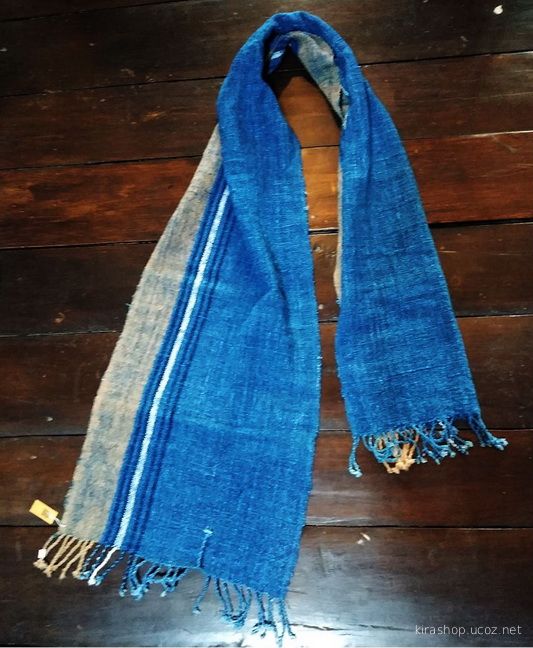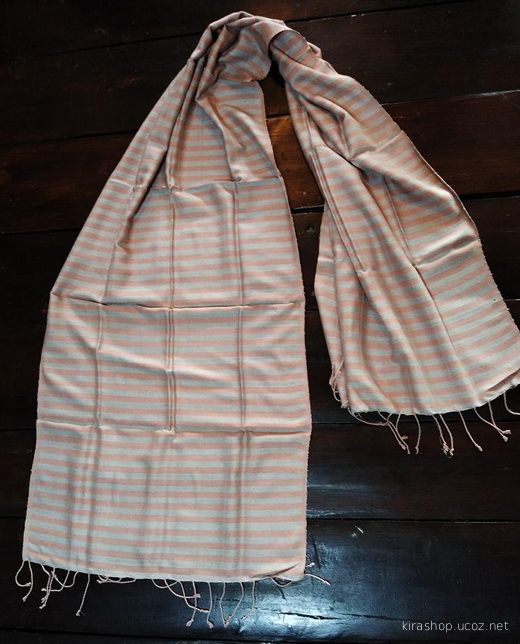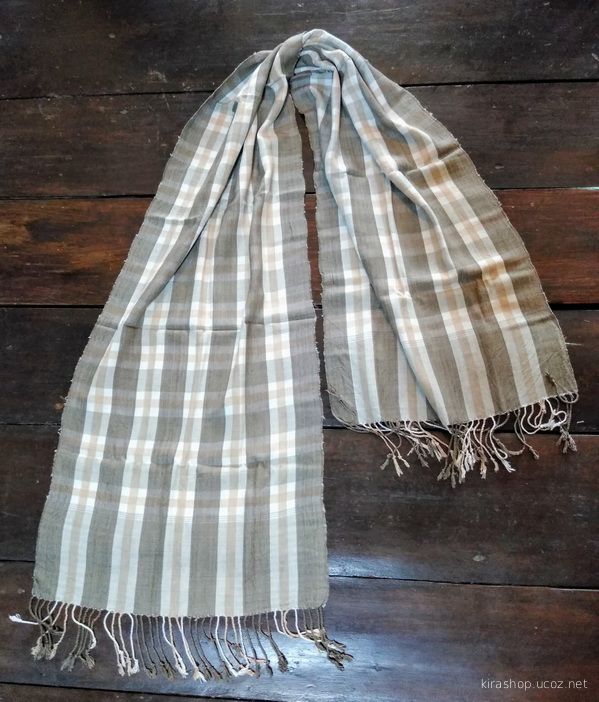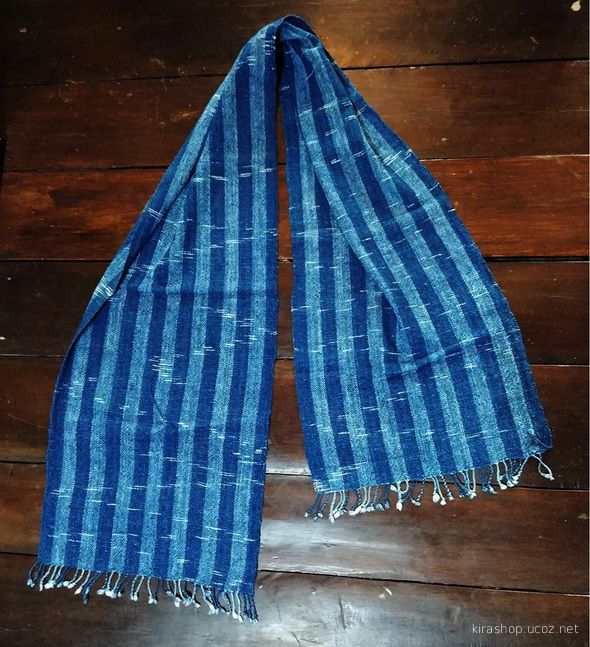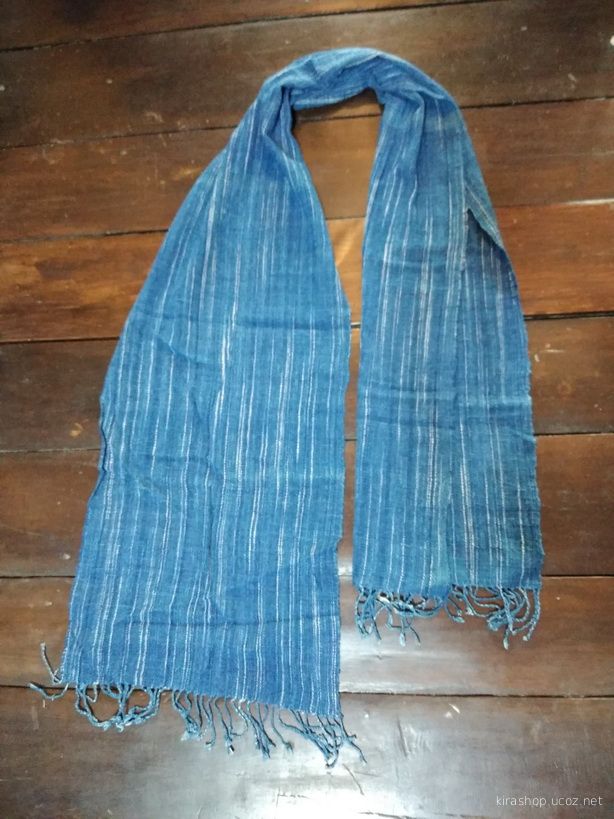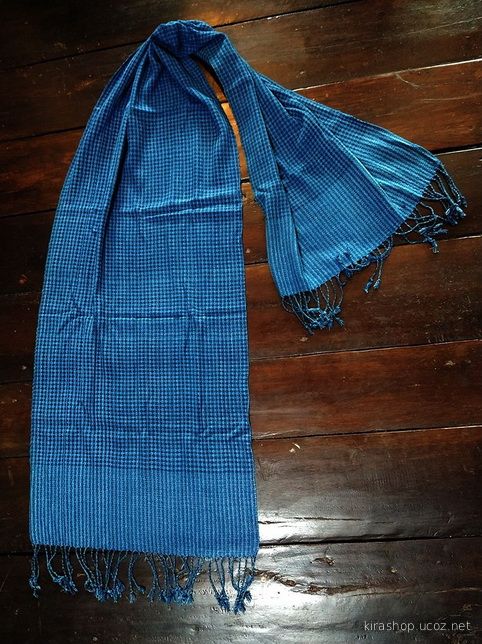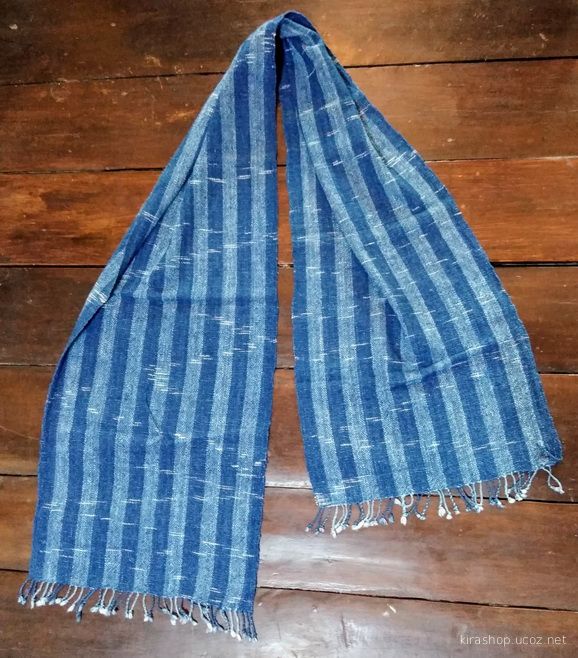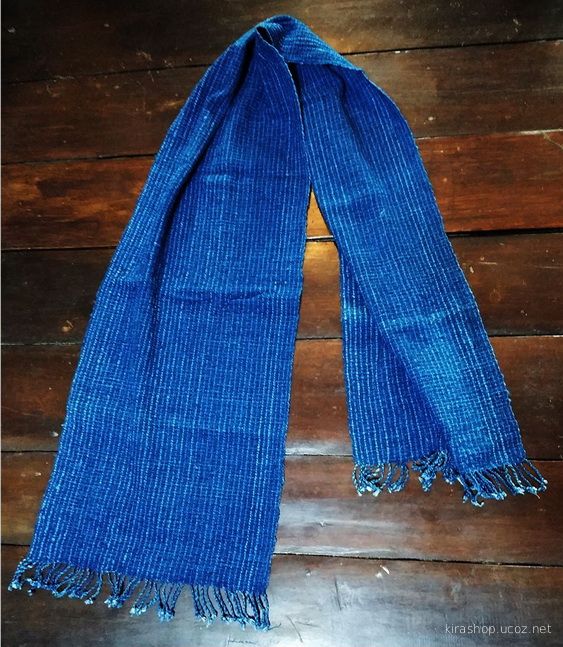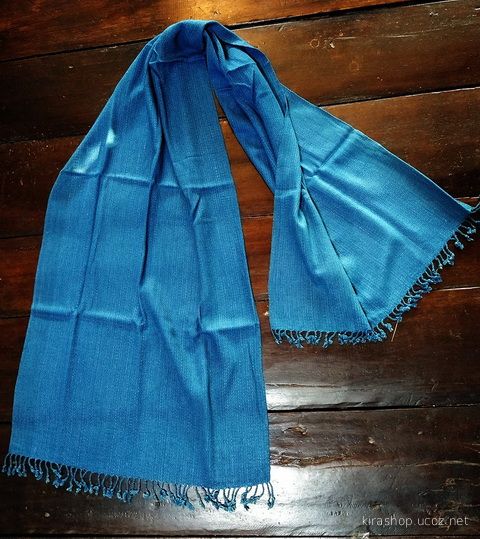|
What's a Fashion Fad? Perhaps the time-space nexus associated with contemporary fashion cycles is at issue: Influencing the rapidity and scope of "what's hot" are factors such as a global economy, rapid technological change and media influence, "fast fashion" (or speed-to-market production), and a fashion system that combines branded commodities with stylistic diversity among consumers.
Fashion Following Trends For example, the "sagging" trend associated with hip-hop male pants styles is still a way some young men of various ethnic backgrounds continue to wear their pants at the time of this writing. Whereas some adults might describe this look as a fad, younger people might simply characterize it as a longer-lasting fashion that resonates with some individuals and groups their age. The Fashion Victim Michelle Lee's 2003 book Fashion Victim, intimates that fashion victim is an inclusive concept-not one confined to certain, limited groups within the population: "The Fashion Victim is all around us. The Hollywood startlet who's personally dressed by Donatella Versace is no less a Fashion Victim than the small-town salesgirl who hops on every fad at her local JC Penney" (p. xi). She goes on to say that a fashion victim is "anyone who has ever looked back at old pictures and cringed" (p. xii). Will Fads Fade? Fiddle faddle. The concept of a fad is frustrating and difficult to distinguish from fashion in general. Issues of time, identity, fun, commodification, appropriation, looking back, and moving forward all relate to the concept of fad as it has been used historically and analytically. None of these issues is without its own ambiguities. Still, fads, by any name or duration, are likely to remain a part of how we live and change. Ethnic Style in Fashion By Lise Skov Fads By Susan B. Kaiser, Joyce Heckman and Denise Kastrinakis
|

menu
search
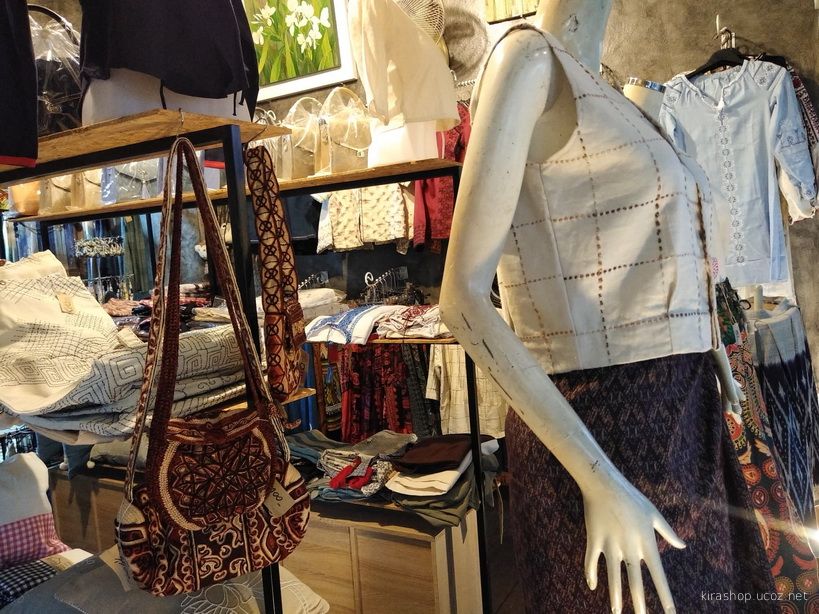
Ethnic Style Garments & Accessories
If you also long to be a bohemian goddess, make sure you know all the rules and style tips on how to wear the boho-chic fashion trend
More